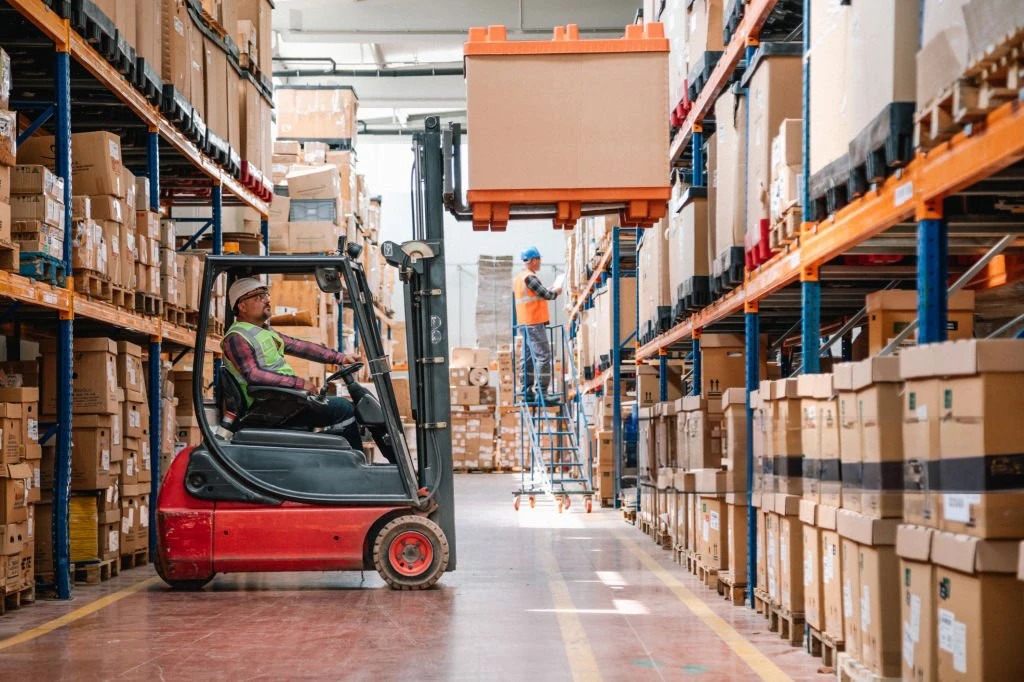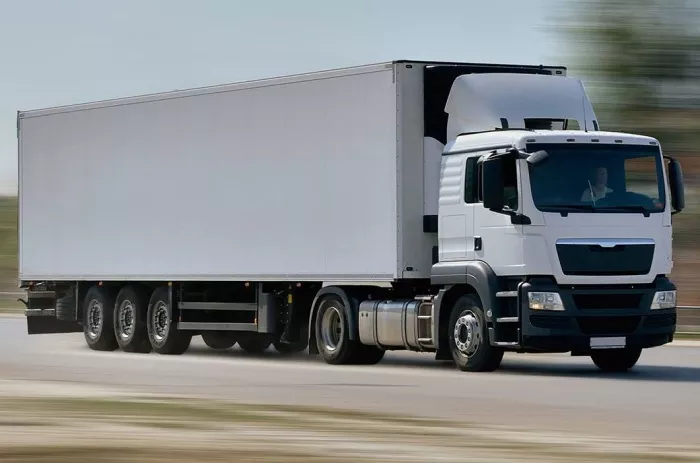- Exterior & Landscape
-
Building & Construction
- Concrete Contractors
- Demolition
- Blocks & Concrete Products
- Structural Engineer
- Road Contractors
- Pre - Engineered Buildings
- Steels & Metals Construction
- Scaffolding
- Soil Test
- Generator
- Heavy Equipments
- Junk Removals
- Waterproofing
- General Contractors
- Pre - Fabricated House
- Portable Containers
- Excavation
- Foundation
- Steel & Metal Fabrication
- Drainage System
- Airport Construction
- Home Maintenance
- Consulting
- Audio Visual System & IT
- Floorings & Wall
- Others
- Furniture
-
Building & Renovation
- Stone & Marble
- Wooden Products
- Gypsum Products
- Building Material Suppliers
- Paint
- Lift & Escalators
- Kitchen & Bathroom
- Fit - Out Contractors
- Specialist Contractors
- Glass
- Kitchen & Bathroom Accessories
- Wall & Wall System Product
- Electrical Contractor
- Mechanical
- Gypsum Work
- Window Suppliers
- Turn Key Contractors
- Door Suppliers
- Ironmongery
- Fire Fighting Contractors
- Building Maintenance
- Permits & Authority Approvals
- Carpentry and Joinery
- Roofing System
- Aluminum
- Lighting
- Railings
- Metal Supplier & Contractor
- Manpower
- Home Solar System
- Design & Decoration
- Events & Exhibitions
- Marine
- About
Understanding the Chinese Manufacturing Process: Step-by-Step
China has long been known as the world’s manufacturing powerhouse. From consumer electronics to textiles, home goods, automotive parts, and industrial components, countless global brands rely on Chinese factories to scale production efficiently and cost-effectively. However, for companies new to China sourcing, understanding the full manufacturing process can feel overwhelming.
This guide breaks down the Chinese manufacturing workflow step-by-step, showing you exactly what happens behind the scenes—from initial inquiry to mass production—so you can navigate sourcing confidently, avoid common pitfalls, and collaborate effectively with your suppliers.
1. Why Understanding the Manufacturing Process Matters
Manufacturing in China offers huge advantages: lower labor costs, advanced production capabilities, massive supply chain networks, and speed to market. But challenges also exist—quality control issues, communication gaps, hidden costs, and supplier transparency.

When you have a clear picture of the full process, you:
- Make better decisions at each stage
- Prevent production delays
- Reduce quality risks
- Predict lead times accurately
- Build stronger supplier relationships
In short, understanding the Chinese manufacturing process is one of the most important foundations for successful China sourcing.
→ THE STEP-BY-STEP MANUFACTURING PROCESS IN CHINA
Step 1: Defining Your Product Requirements
The journey begins not in China, but with your specifications. Chinese manufacturers rely heavily on written instructions, so clarity is crucial.
Your product specification sheet should include:
- Dimensions, materials, tolerances
- Drawings, CAD files, or reference samples
- Packaging design and requirements
- Quality standards (ISO, CE, FCC, RoHS, etc.)
- Color codes (Pantone)
- Functionality description
- Safety or compliance requirements
- Labeling or branding instructions
Incomplete specs are one of the top reasons for production mistakes in China sourcing. The more detailed the documentation, the fewer surprises later.
Step 2: Supplier Research & Selection
With requirements ready, you begin searching for the right factory. Many buyers use:
- Alibaba, Made-in-China, Global Sources
- Industry fairs like Canton Fair
- A China sourcing agent
- Factory clusters (e.g., Shenzhen for electronics, Yiwu for small commodities, Dongguan for plastics, Fujian for footwear)
When evaluating suppliers, consider:
- Business license and company registration
- Export experience
- Production capacity
- Quality control system
- Previous clients and reviews
- Communication ability
A common mistake in China sourcing is relying solely on price. The cheapest quote often hides risks like subcontracting, poor quality, or lack of compliance.

Step 3: Requesting Quotations (RFQ)
Once you shortlist suppliers, you request a detailed quotation.
A proper RFQ includes:
- Unit price by quantity tier
- Mold/tooling cost
- Packaging cost
- Sample cost
- Lead time
- Payment terms
- Shipping terms (FOB, EXW, CIF)
Be cautious when the price is significantly lower than others. It can indicate:
- Inferior materials
- Outsourced production
- Unstable factory operations
For successful China sourcing, focus on value, not just cost.
Step 4: Factory Audit or Verification
Before committing to a supplier, auditing the factory is highly recommended. This step can be done through:
- A sourcing agent
- A third-party audit company
- A personal visit
Factory audits check:
- Legitimacy: business license, certificates
- Production capability
- Machinery and equipment
- Worker skill level
- Quality control procedures
- Social compliance
- Cleanliness and organization
- Storage conditions
Skipping audits is one of the most expensive mistakes in China sourcing.
For additional examples and sourcing frameworks, refer to our China sourcing knowledge base: https://chinasourcing.co/
Step 5: Sample Development
Sample creation is where your idea becomes physical. This step ensures the manufacturer fully understands your expectations before mass production.
Types of samples include:
- Prototype sample – early version for design verification
- Pre-production sample (PPS) – used as the final reference
- Gold sample – the approved sample stored by both parties
During sample review, check:
- Material quality
- Functionality
- Durability
- Color accuracy
- Packaging quality
- Branding
- Compliance with your spec sheet
Never approve mass production until the sample is perfect.
Step 6: Negotiating Terms & Signing the Contract
Once the sample is approved, formal agreement begins.
A solid manufacturing agreement should include:
- Product specifications
- Approved gold sample
- Production timeline
- Quality standards
- Penalties for delays
- IP protection & confidentiality
- Payment schedule
- Packaging requirements
- Defect rate limits (AQL standards)
Contracts are essential for protecting your business, especially when dealing with new factories during China sourcing.
Step 7: Purchasing Raw Materials
Before production starts, the factory orders raw materials. This step may take from days to weeks depending on:
- Material type
- Supplier availability
- Seasonal demand
Good factories perform their own internal inspections of incoming materials. If the raw materials are low quality, the final product will be too.
You can require a Pre-Production Material Check by a third-party inspector to reduce risk.
Step 8: Tooling & Mold Production (if applicable)
If your product requires molds—for plastics, die casting, injection molding, metal stamping—this stage is crucial.
Mold production takes anywhere from 10 to 45 days depending on complexity. After completion, factories run T1 samples (test samples) for your approval. Important tip:
Make sure the contract states you own the mold. Without this, switching suppliers later becomes difficult.
Step 9: Mass Production (MP)
With materials ready and molds approved, the factory begins full-scale production. This stage includes several sub-processes depending on product type, such as:
- Cutting
- Injection molding
- Sewing
- Assembly
- Painting
- Electronics testing
- Surface treatment
- Packaging
Factories have internal QC, but it varies widely across suppliers. This is where many buyers face quality issues if they rely only on the factory's internal checks.
Step 10: Quality Control & Inspections
Quality control is the backbone of successful China sourcing. Third-party inspections are strongly recommended at multiple stages:
1. Pre-Production Inspection (PPI)
Ensures raw materials and initial setup match your standards.
2. During Production Inspection (DPI)
Checks quality when 20–60% of goods are completed.
3. Pre-Shipment Inspection (PSI)
Conducted when 80–100% of goods are packed and ready.
Inspectors evaluate:
- Functionality
- Dimensions
- Material quality
- Workmanship
- Labeling
- Packaging
- Drop test for cartons
Inspections help catch issues early and prevent defective shipments.
Step 11: Packaging & Labeling
Packaging in China includes:
- Custom boxes
- Instruction manuals
- Barcodes (UPC/EAN)
- Shipping marks
- Master cartons
- Many buyers also require:
- FNSKU labels for Amazon FBA
- Sustainability packaging
- Anti-tamper seals
Proper packaging reduces damage during transportation and increases product value.

Step 12: Shipping & Logistics
Once products pass the final inspection, shipping is arranged through:
- Freight forwarders
- Logistics companies
- Express couriers (for small shipments)
Shipping methods:
- Sea freight: cost-effective for large quantities
- Air freight: faster but expensive
- Rail freight: alternative for EU countries
- Express: DHL, FedEx, UPS
Your freight forwarder will manage:
- Customs clearance
- Export documents
- HS codes
- Import taxes
Reliable logistics ensure your China sourcing process remains smooth from factory to final destination.
Final Thoughts: Mastering the Chinese Manufacturing Process
Understanding the Chinese manufacturing process is essential for effective China sourcing. By knowing each step—from supplier search to production, QC, and shipping—you protect your brand, reduce risk, and ensure product quality.
A well-managed sourcing process can help you:
- Scale faster
- Reduce costs
- Maintain consistent quality
- Build long-term supplier partnerships
Whether you're a small business or a fast-growing brand, this step-by-step knowledge becomes a powerful advantage in your global supply chain strategy.
- Concrete Contractors
- Demolition
- Blocks & Concrete Products
- Structural Engineer
- Road Contractors
- Pre - Engineered Buildings
- Steels & Metals Construction
- Scaffolding
- Soil Test
- Generator
- Heavy Equipments
- Junk Removals
- Waterproofing
- General Contractors
- Pre - Fabricated House
- Portable Containers
- Excavation
- Foundation
- Steel & Metal Fabrication
- Drainage System
- Airport Construction



